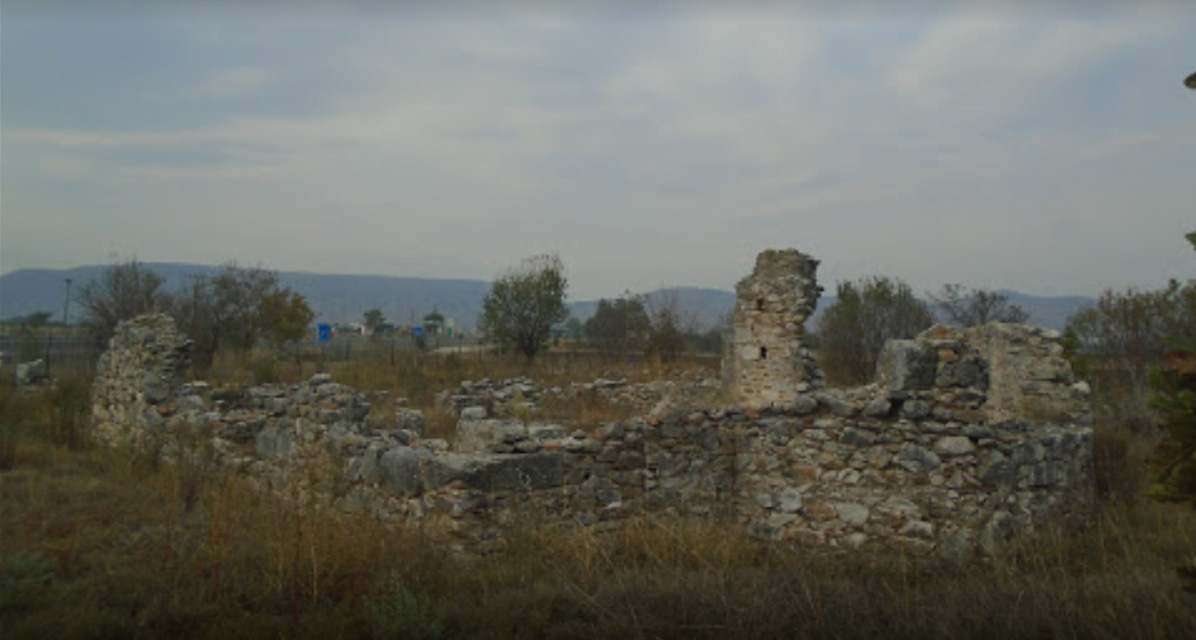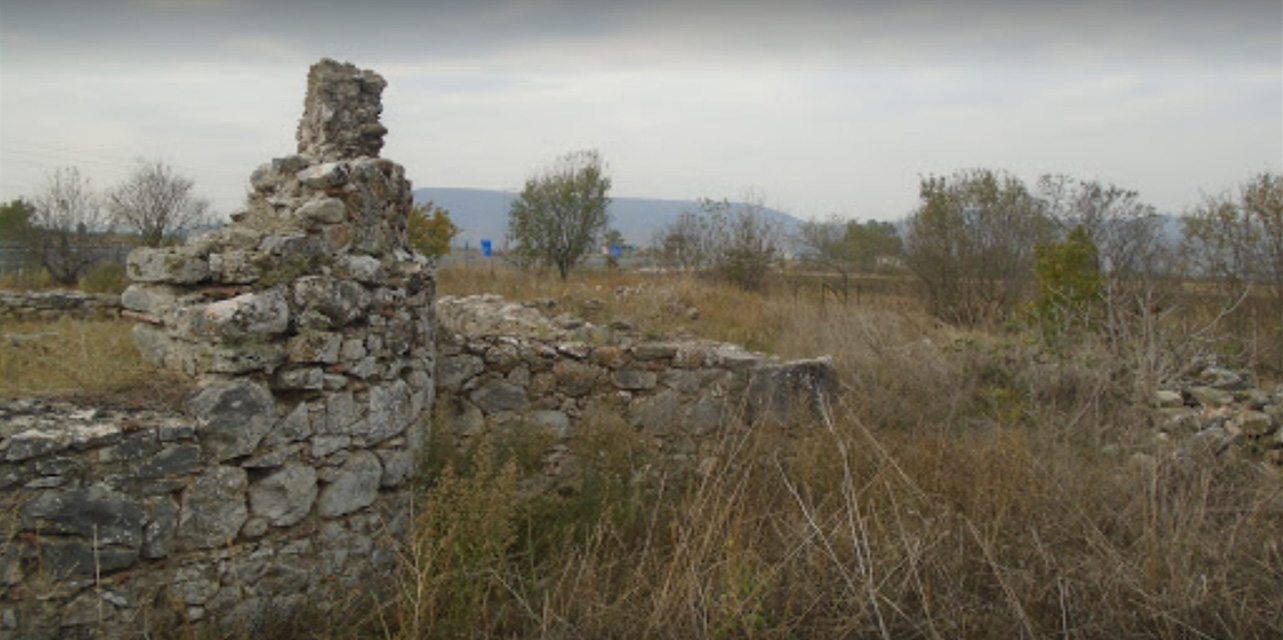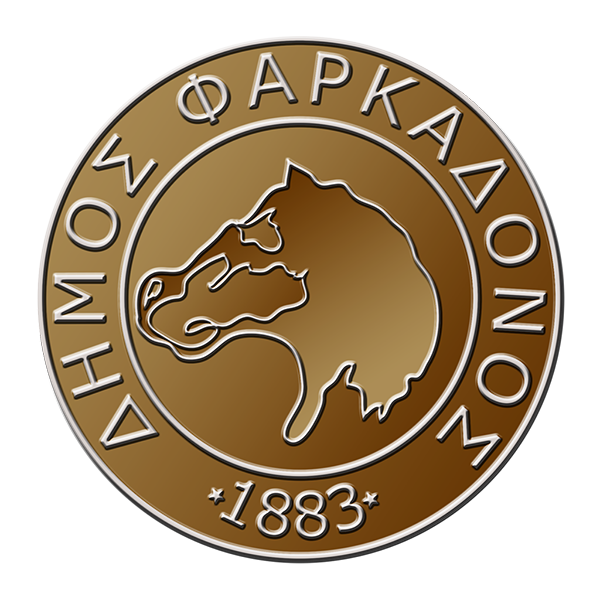The 1st excavation survey
One of the remarkable examples left by the early Christian era, is the temple that came to light from the excavation research carried out in 1972 by Professor N. Nikonanos. It is a small three-aisled basilica with a narthex and apartments on the west side. Also, to the west of the narthex, always according to Mr. Nikonano, a narrow space was revealed and to the north of it a baptistery. Fragments of a mosaic floor were found in the north aisle.
The excavations 1996 – 1997
During the years 1996-1997, during the opening works of the “new national road Larissa – Trikala”, at the 30th kilometer, at the height of the village of Zarkos and specifically at the location “Agios Nikolaos o Fonias”, an excavation was carried out by the then 7th Ephorate of Byzantine Antiquities research.
On the north side of the road, SE of the three-aisled Early Christian basilica excavated in 1972 by Professor Nikolaos Nikonanos, the archaeological spade brought to light the existence of an extensive cemetery. A total of 120 burials were identified, a niche (other than that of the basilica, which probably belonged to a chapel), two water pipes, a ceramic kiln, walls (which probably belonged to additions to the adjacent temple), farmhouses, rich pottery, small craft objects, but and a number of coins that can be placed in the Byzantine and post-Byzantine years.
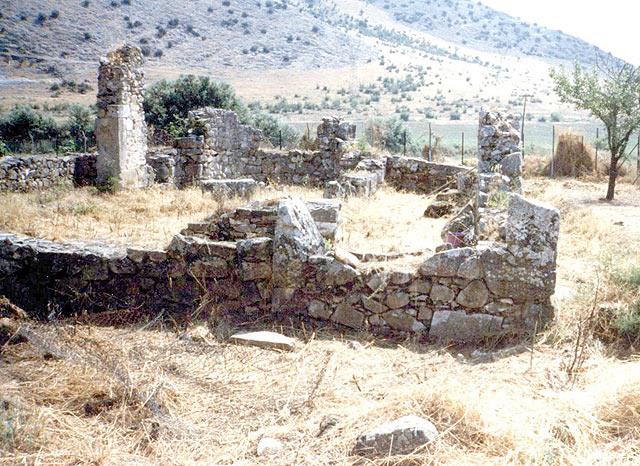
Extent – findings of the excavation
The total area of the excavation exceeded one hectare, while the depth reached varies from -0.50m. up to -2.00m. Regarding the findings of the excavation, a total of 120 burials were found at depths varying from -0.50 m. up to -0.90m Most of them belonged to adults (men and women), while there were also children.
The largest number of tombs was located outside the basilica, in the southeast of the site. However, according to him, four more tombs were found in the central aisle of the temple, eight in the southwest outside the narthex, three near the south niche, two in contact with a wall in the west, while another one was found in the south, near the ceramic kiln.
The typology of burials
In terms of their typology, the tombs in Zarko can be distinguished into
– Arc-shaped. That is, simple, four-sided, almost rectangular trenches (pits) dug in the ground.
– Arcuate having a rudimentary demarcation
– Built tombs, i.e. a rectangular trench more elaborate as its walls are lined with stone
– Box-shaped rectangular pits that have stone or adobe slabs on the perimeter and on the floor.
In terms of their coverage, the tombs in Zarko show a wide variety. Stones of small and large sizes have been used to close any gaps created by pieces of tiles or whole tiles (tiled tombs).
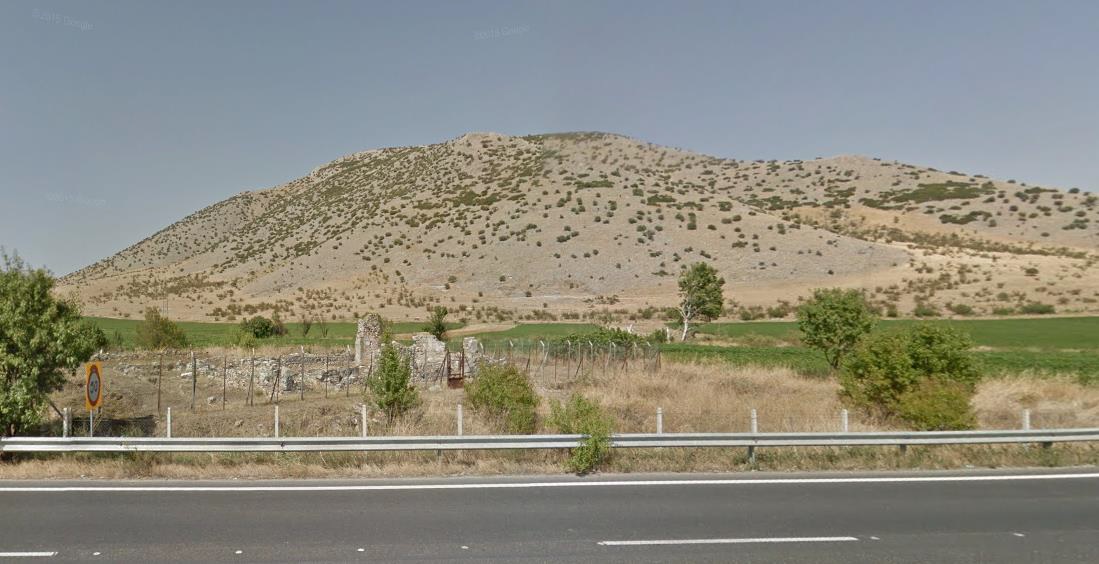
The different types of tombs seem, it is clarified in the work, to have been used in parallel. The choice of the burial type was dictated by the local peculiarities of the area (hardness of the soil), the availability of non-building materials, but also other factors, such as the height of the deceased and the degree of luxury required by his social status.
The burials in Zarko, it is added, adhere to the West-East orientation according to the orthodox doctrine, while the way of disposing of the deceased follows – as today – the supine extended posture with the arms bent at chest level. The only exception to the rule is the skeleton found in the tomb southwest of the alcove, right at the origin of the petal. It is a pit grave that was located at a depth of -1.40 m with dimensions of 0.90 x 0.56 m. Inside it was discovered a skeleton in a sitting position – okladon dead – i.e. with crossed legs, where the left lower limb covered the right and the hands were crossed in front .
This attitude of burial, despite the fact that it is rarely found, is not unique. In the Orthodox Church, it was customary for important persons, such as Bishops and Patriarchs, to be buried in a sitting position as a sign of respect for their figure.
Most of the graves in Zarko are individual. In other words, according to archaeologists, they host one person per burial. However, as the findings showed, there are also cases where a grave was intended for more than one dead person. A mass burial was located in the central nave of the basilica, just below the layer of destruction possibly created by the fall of the roof. Inside the tomb, bones from two dead people were found, but the disturbance of the stratigraphy at the site made it difficult to ascertain their exact position. Twin burials were also found in two other tombs outside, south of the temple. In this case the two skeletons were found deposited on top of each other.
In conclusion, it is pointed out by the archaeologists, the excavation in Zarko has yielded rich findings, among which are clay objects, such as jugs, lyhnos, jars, metal ones, such as copper rings, studs, spelts, clothing accessories, periaptas, as well as a large number of silver and of copper coins most of which date to the 11th century.
The findings resulting from the excavation in Zarkos constitute a unique surviving archaeological ensemble. They shed light on the history and economy of the region during Byzantine and post-Byzantine times, reinforce with new data what we knew until today – which unfortunately still remain scarce – and, finally, help piece by piece to complete the image we have of the region, conclude the archaeologists in their interesting work.
All of the above and as there was no alternative solution to change the course of the road and after a decision of the Ministry of Foreign Affairs, they were confiscated, in order to complete the work of opening the road and take its current form.
